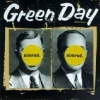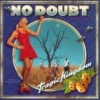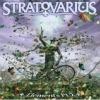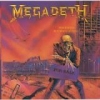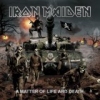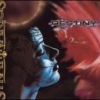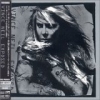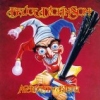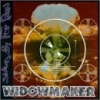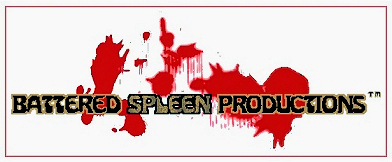The Writer’s Horror
I don’t believe I have talked about this yet. There is something that is so terrible, so horrible, and so mind-numbingly evil that it is the fear of each and every writer. It gives the writer such a sense of uselessness, impotence, and gut-wrenching dismay that it can destroy them. It can wreak havoc on their confidence, their dreams and aspirations, and make them miserable. What is this abhorrence? Most people call it writer’s block.
I cannot say that I have ever fully suffered from it. I can say that I have sat down and tried to write on one specific project and been blocked. However I cannot say that I have ever been in a position where I could not turn around and write about something else for some other project. Maybe that is the key to slaying that foul beast. This isn’t to say that it helps if you’re on a deadline for a project and the block hits you.
If I suffer from anything in my writing career, as just beginning as it is, it’s too many ideas. I have too many projects jockeying for room in my head. That is without the distraction of other, non-writing, work to be done. Back to the accursed writer’s block, I can only imagine that what I have said in describing it is both overblown and yet at the same time not touching the real pain and fear that it causes.
The worst of it would have to be when you have only one option really for what to write. If you had to write a novel because that’s the only thing that is going to make you money, and you can’t do it, it must be beyond frustrating. It’s not like that writer can just start writing a short story instead, except perhaps as something to get the brain jumpstarted. Once the brain is working I have found it to be much easier to just shift gears than it is to start from cold. So, here’s to hoping the block never gets a full grip on me.
Mood: indecisive.
Music: 1000 Points of Light by Bruce Dickinson and Captain Howdy by Twisted Sister.
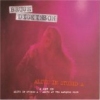 | Buy these at Amazon.ca Click Images to Buy | 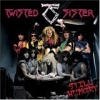 |
Labels: author, deadlines, fear, horror, writer's block, writing

